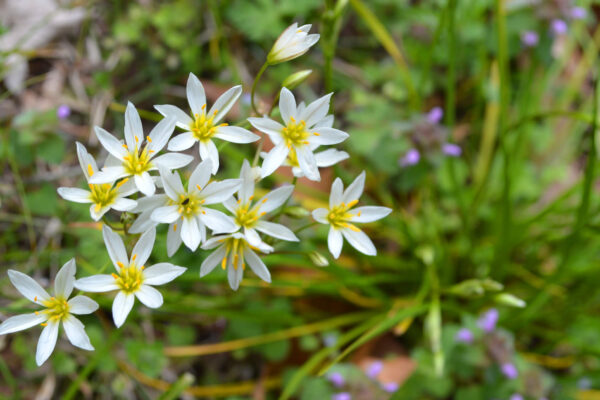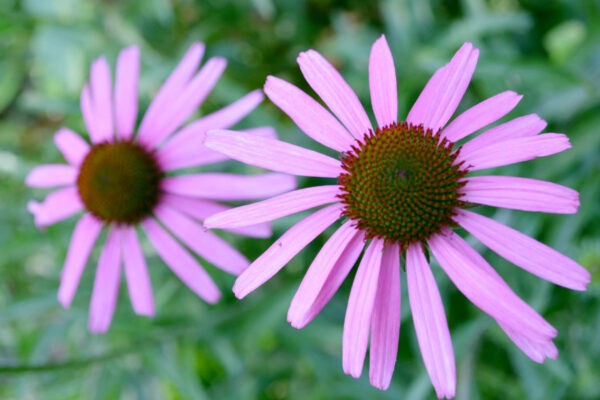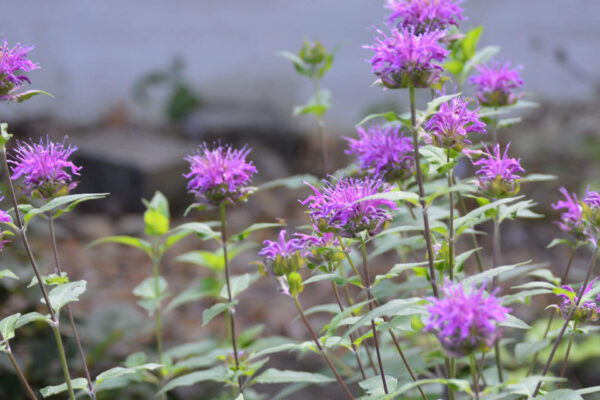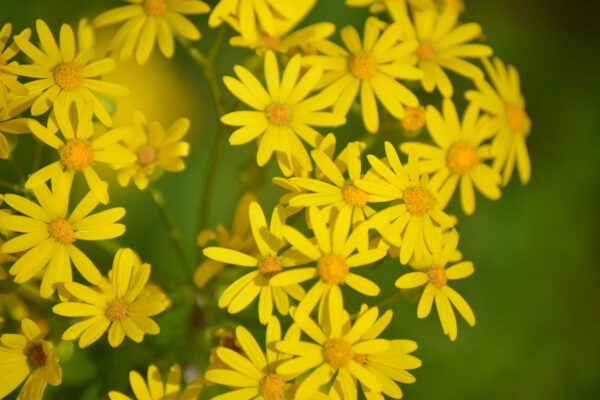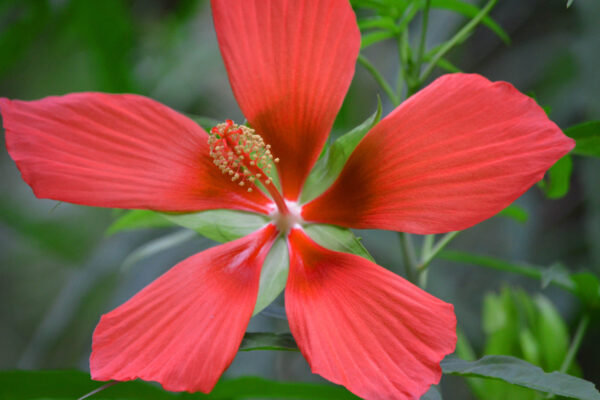I love the flowers of false garlic, which bloom in large numbers, but as the blooms fade, the grass-like leaves are quite abundant. I prefer not to have them in my flower beds, but I leave them blooming in the lawn and will not cut the grass until the blooms are done. It blooms in early spring in sunny locations with well-drained soil. It can …
Gardening with Native Plants
Native plants are well-suited to the growing conditions in your area and are often great nesting habitat, a food source, or a host plant for the wildlife around you. By adding native plants to your garden, you can create wildlife habitat that helps pollinators like bees and butterflies, attracts hummingbirds and songbirds, and provides cover for many small mammals. Learn about native plants and how to grow them in your garden.
Cutleaf Coneflower: Rudbeckia laciniata
Native to North America, this tall flowering perennial in the Asteraceae family makes a statement in my garden. Not only is it a prolific bloomer, but it also attracts all sorts of insects – bees, butterflies, and other insects. With a height of almost 6 feet, it towers around the base of the sycamore that I have it planted around. The leaves …
Continue Reading about Cutleaf Coneflower: Rudbeckia laciniata
Echinacea species – Flowering plants for bees, butterflies, and birds
Butterflies and bees love coneflowers in the genus Echinacea. You are probably familiar with purple coneflower (Echinacea purpurea), but many cultivars are now available in various colors: red, pink, white, orange, yellow, cream, green, and gold. There are even Echinacea flowers with double blooms. Natives vs Cultivars Echinacea is native …
Continue Reading about Echinacea species – Flowering plants for bees, butterflies, and birds
Bee Balm Attracts Hummingbirds and Butterflies
If you’re looking for a native, perennial plant to add to your garden that will be easy to care for, add great color to your garden, and attract hummingbirds, bees, and butterflies, bee balm (Monarda sp.) is a good choice. Bee balm is in the mint family; its leaves are aromatic and both leaves and flowers can be made into a tea. There are …
Continue Reading about Bee Balm Attracts Hummingbirds and Butterflies
Butterweed – Early Spring Wildflower
Every spring, a patch of butterweed, a common southeastern U.S. wildflower, shows up in my lawn. They come up in the same spot every year, and I mow around them until they are done blooming. Combined with Philadelphia fleabane, which also blooms at this time, they make a pretty landscape. Plant Description Butterweed is in the Aster family, …
Scarlet Rose Mallow (Hibiscus coccineus): Hardy Native for Wet Soils
Have you got swampy soil? Then this is the perfect flowering plant solution for your garden. Native to the marshes and swamps of the southeastern states – from Louisiana to North Carolina –swamp mallows (Hibiscus coccineus) prefer wet soil and even standing water. Swamp Mallow is Perfect for Wet Soil I had one spot in my front flowerbeds …
Continue Reading about Scarlet Rose Mallow (Hibiscus coccineus): Hardy Native for Wet Soils

